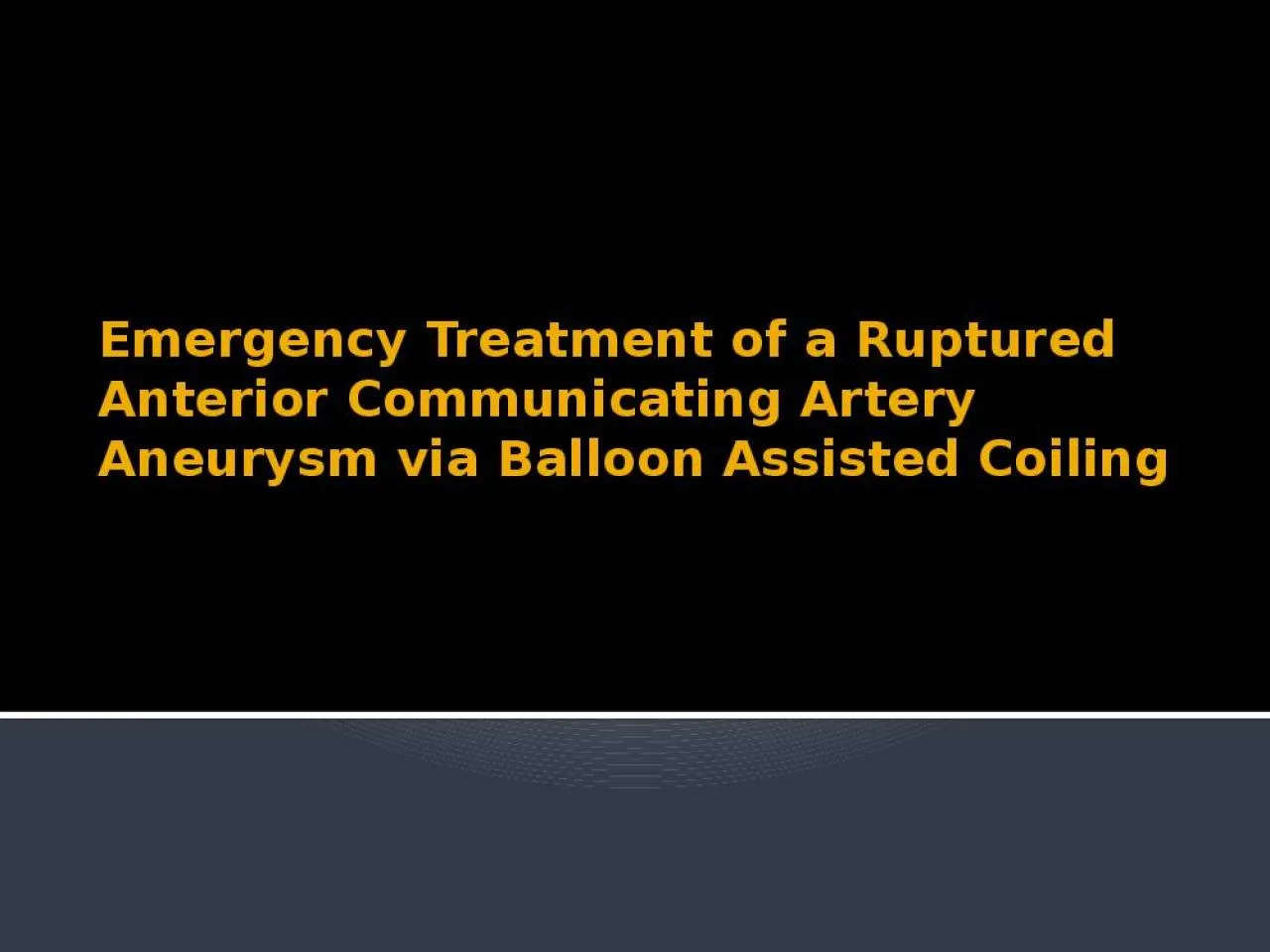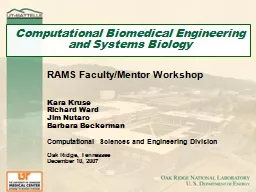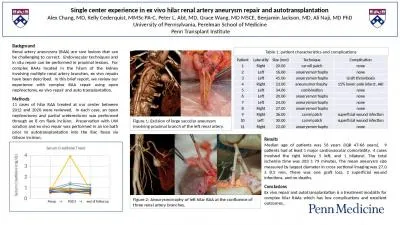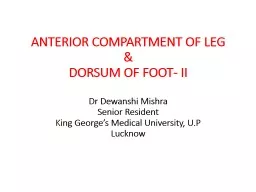PPT-Emergency Treatment of a Ruptured Anterior Communicating Artery Aneurysm via Balloon Assisted
Author : brown | Published Date : 2022-02-14
Clinical presentation 69 yo female with a 3 day history of posterior cervical pain and posterior headache On 81315 at 230 PM she presented with sudden severe worsening
Presentation Embed Code
Download Presentation
Download Presentation The PPT/PDF document "Emergency Treatment of a Ruptured Anteri..." is the property of its rightful owner. Permission is granted to download and print the materials on this website for personal, non-commercial use only, and to display it on your personal computer provided you do not modify the materials and that you retain all copyright notices contained in the materials. By downloading content from our website, you accept the terms of this agreement.
Emergency Treatment of a Ruptured Anterior Communicating Artery Aneurysm via Balloon Assisted: Transcript
Download Rules Of Document
"Emergency Treatment of a Ruptured Anterior Communicating Artery Aneurysm via Balloon Assisted"The content belongs to its owner. You may download and print it for personal use, without modification, and keep all copyright notices. By downloading, you agree to these terms.
Related Documents














